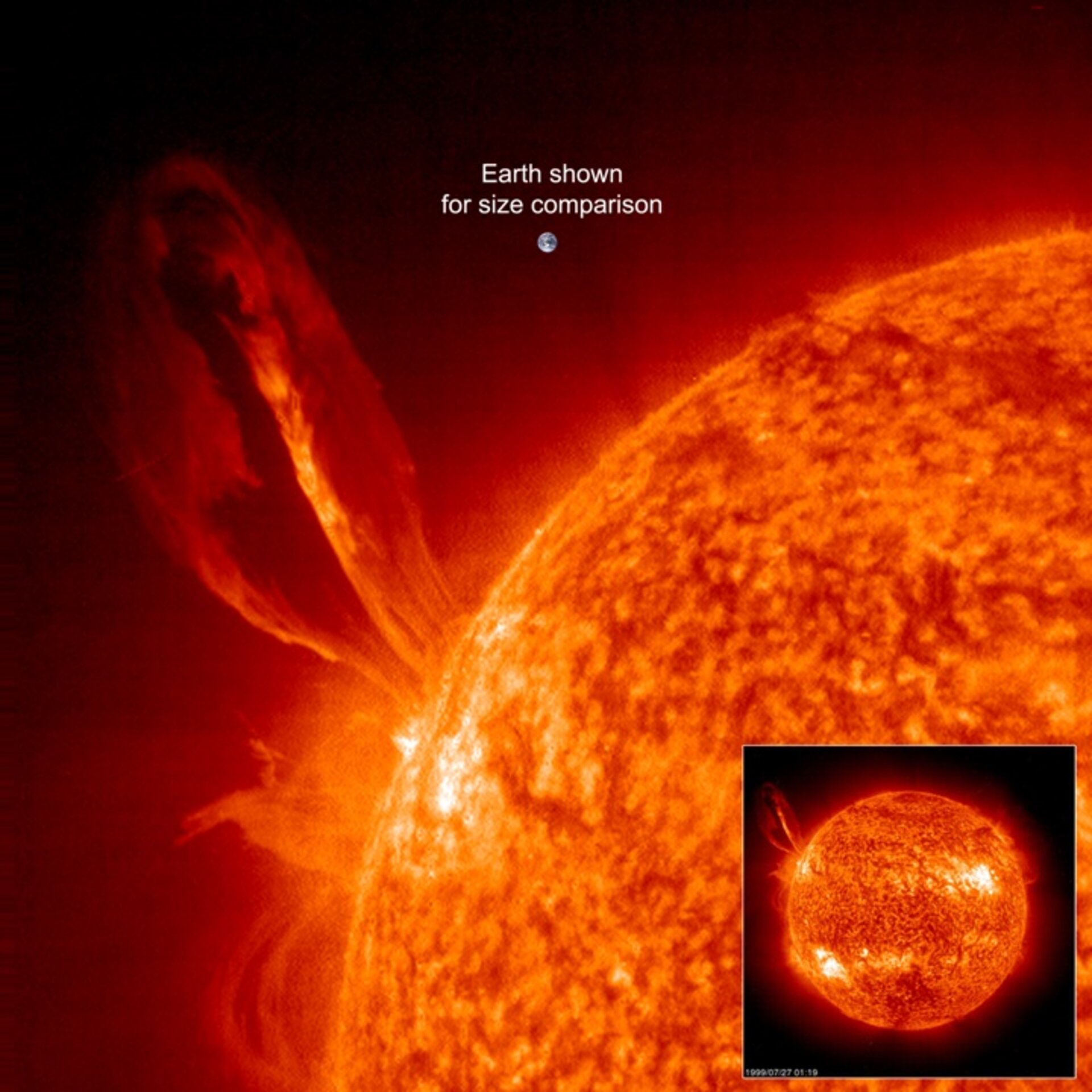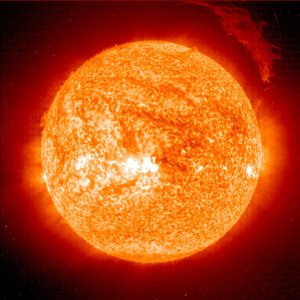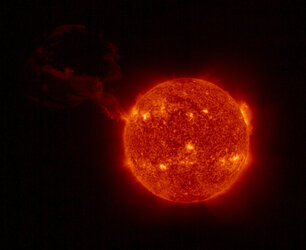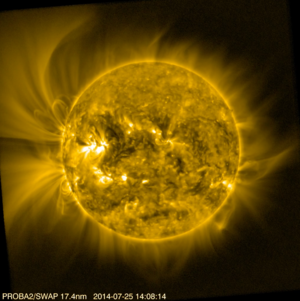Accept all cookies Accept only essential cookies See our Cookie Notice

About ESA
The European Space Agency (ESA) is Europe’s gateway to space. Its mission is to shape the development of Europe’s space capability and ensure that investment in space continues to deliver benefits to the citizens of Europe and the world.
Highlights
ESA - United space in Europe
This is ESA ESA facts Member States & Cooperating States Funding Director General Top management For Member State Delegations European vision European Space Policy ESA & EU Space Councils Responsibility & Sustainability Annual Report Calendar of meetings Corporate newsEstablishments & sites
ESA Headquarters ESA ESTEC ESA ESOC ESA ESRIN ESA EAC ESA ESAC Europe's Spaceport ESA ESEC ESA ECSAT Brussels Office Washington OfficeWorking with ESA
Business with ESA ESA Commercialisation Gateway Law at ESA Careers Cyber resilience at ESA IT at ESA Newsroom Partnerships Merchandising Licence Education Open Space Innovation Platform Integrity and Reporting Administrative Tribunal Health and SafetyMore about ESA
History ESA Historical Archives Exhibitions Publications Art & Culture ESA Merchandise Kids Diversity ESA Brand Centre ESA ChampionsLatest
Space in Member States
Find out more about space activities in our 23 Member States, and understand how ESA works together with their national agencies, institutions and organisations.
Science & Exploration
Exploring our Solar System and unlocking the secrets of the Universe
Go to topicAstronauts
Missions
Juice Euclid Webb Solar Orbiter BepiColombo Gaia ExoMars Cheops Exoplanet missions More missionsActivities
International Space Station Orion service module Gateway Concordia Caves & Pangaea BenefitsLatest
Space Safety
Protecting life and infrastructure on Earth and in orbit
Go to topicAsteroids
Asteroids and Planetary Defence Asteroid danger explained Flyeye telescope: asteroid detection Hera mission: asteroid deflection Near-Earth Object Coordination CentreSpace junk
About space debris Space debris by the numbers Space Environment Report In space refuelling, refurbishing and removingSafety from space
Clean Space ecodesign Zero Debris Technologies Space for Earth Supporting Sustainable DevelopmentLatest
Applications
Using space to benefit citizens and meet future challenges on Earth
Go to topicObserving the Earth
Observing the Earth Future EO Copernicus Meteorology Space for our climate Satellite missionsCommercialisation
ESA Commercialisation Gateway Open Space Innovation Platform Business Incubation ESA Space SolutionsLatest
Enabling & Support
Making space accessible and developing the technologies for the future
Go to topicBuilding missions
Space Engineering and Technology Test centre Laboratories Concurrent Design Facility Preparing for the future Shaping the Future Discovery and Preparation Advanced Concepts TeamSpace transportation
Space Transportation Ariane Vega Space Rider Future space transportation Boost! Europe's Spaceport Launches from Europe's Spaceport from 2012Latest

Solar eruption larger than Earth
Thank you for liking
You have already liked this page, you can only like it once!
A gigantic ribbon of hot gas bursts upwards from the Sun, guided by a giant loop of invisible magnetism. This remarkable image was captured on 27 July 1999 by SOHO, the Solar and Heliospheric Observatory. Earth is superimposed for comparison and shows that from top to bottom the loop of gas, or prominence, extends about 35 times the diameter of our planet into space.
A prominence is an extension of gas that arches up from the surface of the Sun. Prominences are sculpted by magnetic fields that are generated inside the Sun, and then burst through the surface, propelling themselves into the solar atmosphere.
The Sun is predominantly made of plasma – an electrified gas of electrons and ions. Being electrically charged, the ions respond to magnetic fields. So when the magnetic loops reach up into the solar atmosphere, huge streams of plasma are attracted to fill them, creating the prominences that can last for weeks or months.
Spectacular prominences like this one are not particularly common, a few being detected each year. When they start to collapse, mostly the gas ‘drains’ down the magnetic field lines back into the Sun. Occasionally, however, they become unstable and release their energy into space. These eruptive prominences fling out a huge quantity of plasma that solar physicists call a coronal mass ejection. Solar flares are also associated with coronal mass ejections.
If this plasma hits Earth it can disrupt satellites, power grids and communications. It also causes the aurora to shine in the polar skies.
Taken by SOHO’s ultraviolet telescope, this image shows ionised helium at a temperature of about 70 000ºC.
A version of the image without the Earth for comparison can be found here.
-
CREDIT
SOHO (ESA & NASA) -
LICENCE
ESA Standard Licence

SOHO sees eruptive prominence

Solar Orbiter captures giant solar eruption

Necklaces of solar activity

Solar corona viewed by Proba-2















 Germany
Germany
 Austria
Austria
 Belgium
Belgium
 Denmark
Denmark
 Spain
Spain
 Estonia
Estonia
 Finland
Finland
 France
France
 Greece
Greece
 Hungary
Hungary
 Ireland
Ireland
 Italy
Italy
 Luxembourg
Luxembourg
 Norway
Norway
 The Netherlands
The Netherlands
 Poland
Poland
 Portugal
Portugal
 Czechia
Czechia
 Romania
Romania
 United Kingdom
United Kingdom
 Slovenia
Slovenia
 Sweden
Sweden
 Switzerland
Switzerland

























